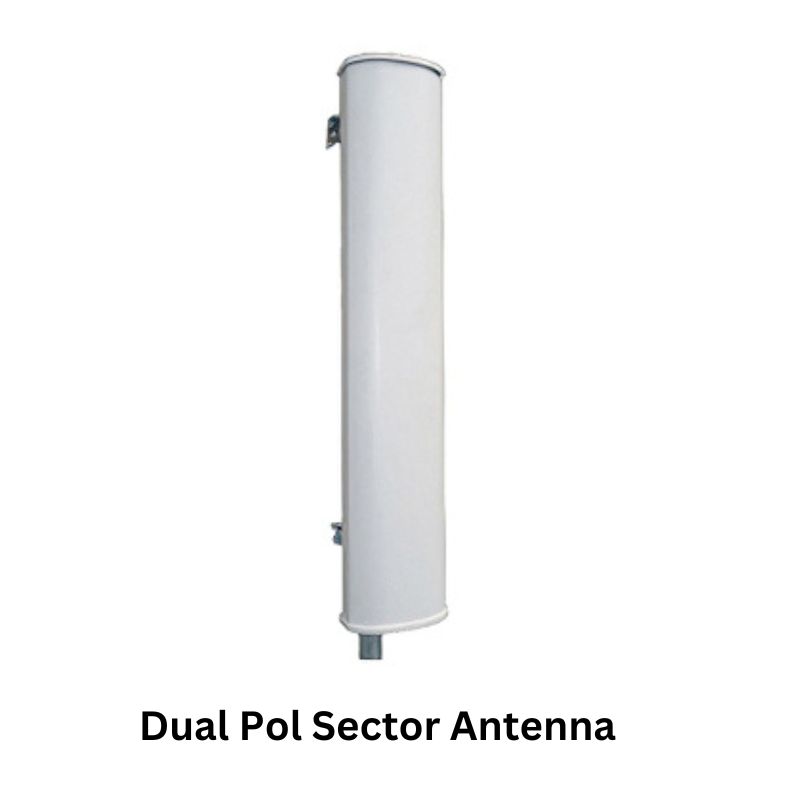- Home
- Service
- Product Center
- Application
- About Us
- Videos
- News
- Contact Us
2025-01-03 09:40:00
With the continuous advancement of wireless communication technologies, particularly in the fields of the Internet of Things (IoT) and 5G communication, high-gain antennas operating over a broad frequency range are increasingly becoming core components. The 902-928 MHz band, as a critical frequency for many wireless communication standards, plays an indispensable role in low-power wide-area networks (LPWANs) and industrial communications. Among these, the 12 dBi Gain Dual Polarized sector antenna has become widely used due to its ability to enhance signal coverage and communication stability.

Frequency Range and Versatility in Applications
The 902-928 MHz frequency range, part of the ISM (Industrial, Scientific, and Medical) band, is widely used in IoT, smart city projects, industrial automation, and agriculture. For example, in an agricultural sensor network, wireless devices operating in this frequency range can easily cover large areas of farmland, ensuring real-time data collection on everything from soil moisture to temperature. In a case study in California, a company successfully achieved over 10 kilometers of signal transmission distance by deploying wireless networks based on this frequency band. The advantage of this band is its ability to penetrate most environmental obstacles, making it suitable for low-power devices to operate stably over extended periods.
In smart city projects, as the number of sensors, surveillance equipment, and smart home devices increases, the demand for such long-range, low-power communication technologies has also grown. In one city government project, a smart parking management system was deployed using communication devices based on the 902-928 MHz frequency band, paired with 12 dBi gain dual-polarized antennas to ensure coverage throughout the city and optimize parking resource utilization.
The Benefits of 12 dBi Gain
A 12 dBi gain significantly increases the strength and propagation distance of wireless signals. High-gain antennas focus the signal in a specific direction rather than broadcasting it omnidirectionally, which means they can achieve stronger coverage in a designated area and reduce signal waste in other directions. A company deploying a wireless network in one of its factories successfully covered the entire factory area with these high-gain Directional Antennas, ensuring stable data transmission between devices and the central system, particularly in long-distance data transmission scenarios where signal attenuation is effectively controlled.
Additionally, a 12 dBi gain antenna provides over 10 kilometers of transmission distance in open space. With optimal installation, the coverage area can be further extended. In a project test, this high-gain antenna improved signal coverage by nearly 40% compared to traditional antennas, which is a significant technical advantage for IoT applications that require extensive coverage.
The Advantage of Dual-Polarization Technology
Dual-polarization technology transmits signals simultaneously in both horizontal and vertical directions, effectively improving signal stability and interference resistance. In complex urban environments, reflected signals and multipath effects are common challenges for signal transmission. Dual-polarized antennas are better equipped to handle these issues and provide more stable communication links.
In a case involving the deployment of 5G base stations, a company chose dual-polarized antennas to ensure stable data transmission in the high-density city environment. Actual tests showed that dual-polarized antennas provided a 30%-40% increase in data transmission rates compared to single-polarized antennas. This advantage is particularly important for applications that require high bandwidth and low latency, such as 5G networks.
Antenna Design and Structure: Directionality and Installation Considerations
Directional Antenna design ensures that the signal is focused on a specific area, which is critical for large-scale network deployment. The sector antenna design allows for a broad coverage area, making it ideal for base stations and wireless network coverage. In one deployment by an operator, 12 dBi gain sector antennas were used to cover a 60° to 120° range, ensuring high-quality signal transmission in the surrounding area.
In addition to design advantages, the installation of antennas is crucial. The angle and orientation of sector antennas must be precisely adjusted to maximize signal coverage and improve network efficiency. In challenging environments, antenna installation and adjustment can significantly impact wireless signal quality. A company that installed antennas on a rooftop in a factory carefully adjusted the antenna angles to avoid obstructions and reflections from nearby buildings, successfully optimizing signal coverage.
Market Trends and Future Developments
As the IoT and 5G networks continue to expand, the global demand for long-range, low-power communication solutions is growing, which directly drives the widespread use of devices operating in bands like 902-928 MHz. The market trend shows that more and more industrial applications and smart city projects are relying on wireless communication devices in this frequency band, with high-gain antennas playing a key role in improving signal quality and expanding network coverage.
Looking to the future, as technology continues to innovate, 12 dBi gain dual-polarized antennas will evolve toward smaller and more efficient designs. According to a report by a research organization, the global IoT market is expected to continue growing in the coming years, and wireless communication devices operating in the 902-928 MHz band will play a more significant role in smart agriculture, energy management, and smart buildings. As 5G and IoT technologies become more deeply integrated, antennas supporting higher frequencies and larger data transmission capacities will become a focal point for technological innovation.
Conclusion
In summary, the 902-928 MHz 12 dBi Gain Dual-Polarized Sector Antenna plays a vital role not only in current IoT, 5G communication, and smart city applications but will also continue to occupy a central position in the development of future wireless communication technologies. Through optimized designs, precise installation, and continuous innovation, this high-performance antenna will help a wide range of applications achieve more stable and efficient wireless connections, playing an indispensable role in the evolution of global communication networks.